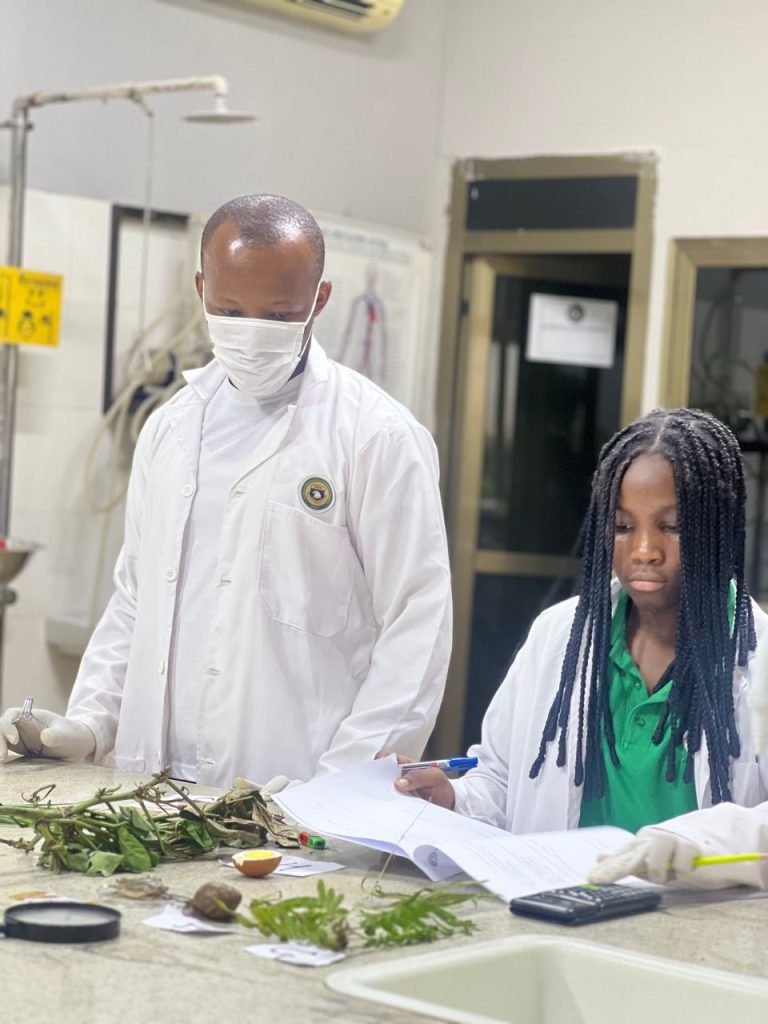Key Points at a Glance
Scientific inquiry nurtures curiosity, problem-solving, and critical thinking in children.
Effective strategies include hands-on experiments, guided questioning, and collaborative learning.
Teachers should create a classroom culture that values curiosity and exploration.
Linking inquiry-based learning to real-life situations makes science meaningful and fun.
Understanding Scientific Inquiry in Primary Schools
Scientific inquiry is more than just conducting experiments—it is the process of asking questions, investigating ideas, analyzing evidence, and drawing conclusions. In primary school, teaching inquiry lays the foundation for lifelong learning, encouraging children to think like young scientists. It also equips them with skills such as problem-solving, collaboration, and critical thinking that extend far beyond science.
Why Scientific Inquiry Matters for Young Learners
Children are naturally curious, always asking “why” and “how.” Scientific inquiry channels this curiosity into structured exploration. By engaging in inquiry-based activities, children:
- Learn to think critically instead of memorizing facts.
- Build confidence in expressing and testing their ideas.
- Develop teamwork and communication skills.
- Connect classroom learning with the real world.
Practical Ways to Teach Scientific Inquiry
1. Start with Open-Ended Questions
Instead of giving students answers, encourage them to ask questions such as:
- Why does a seed grow into a plant?
- What makes objects float or sink?
- How does the weather change?
These open-ended questions stimulate thinking and set the stage for investigation.
2. Use Hands-On Experiments
Children learn best when they can touch, see, and explore. Simple experiments such as observing plant growth, testing magnet strength, or exploring shadows make science come alive. Teachers should guide learners to record observations and discuss results rather than simply giving explanations.
3. Encourage Observation and Recording
Provide students with science journals where they can draw, write, or chart their findings. This helps them organize their thoughts, notice patterns, and reflect on what they’ve learned.

4. Group Investigations
Collaborative projects teach children the value of teamwork. For example, groups can design mini-investigations on topics like water filtration or energy from sunlight. Group discussions encourage peer learning and creativity.
5. Relate Science to Everyday Life
Linking inquiry to daily experiences helps children see the relevance of science. For instance:
- Exploring how soap removes dirt while washing hands.
- Observing changes in food when cooked.
- Discussing why we wear raincoats in the rainy season.
This practical connection builds excitement and makes learning memorable.
6. Guide Rather Than Tell
Teachers should act as facilitators, encouraging students to test ideas and reach conclusions. By asking guiding questions instead of giving direct answers, teachers empower learners to become independent thinkers.
Creating a Classroom Culture of Inquiry
For inquiry-based learning to thrive, teachers must create an environment where mistakes are seen as part of learning. Celebrating curiosity, encouraging questions, and providing opportunities for exploration make students feel safe to take intellectual risks.
Final Thoughts
Teaching scientific inquiry in primary school is about more than learning science—it’s about shaping curious, confident, and critical thinkers. By using open-ended questions, hands-on experiments, and real-life connections, teachers can inspire a love for discovery that lasts a lifetime.
